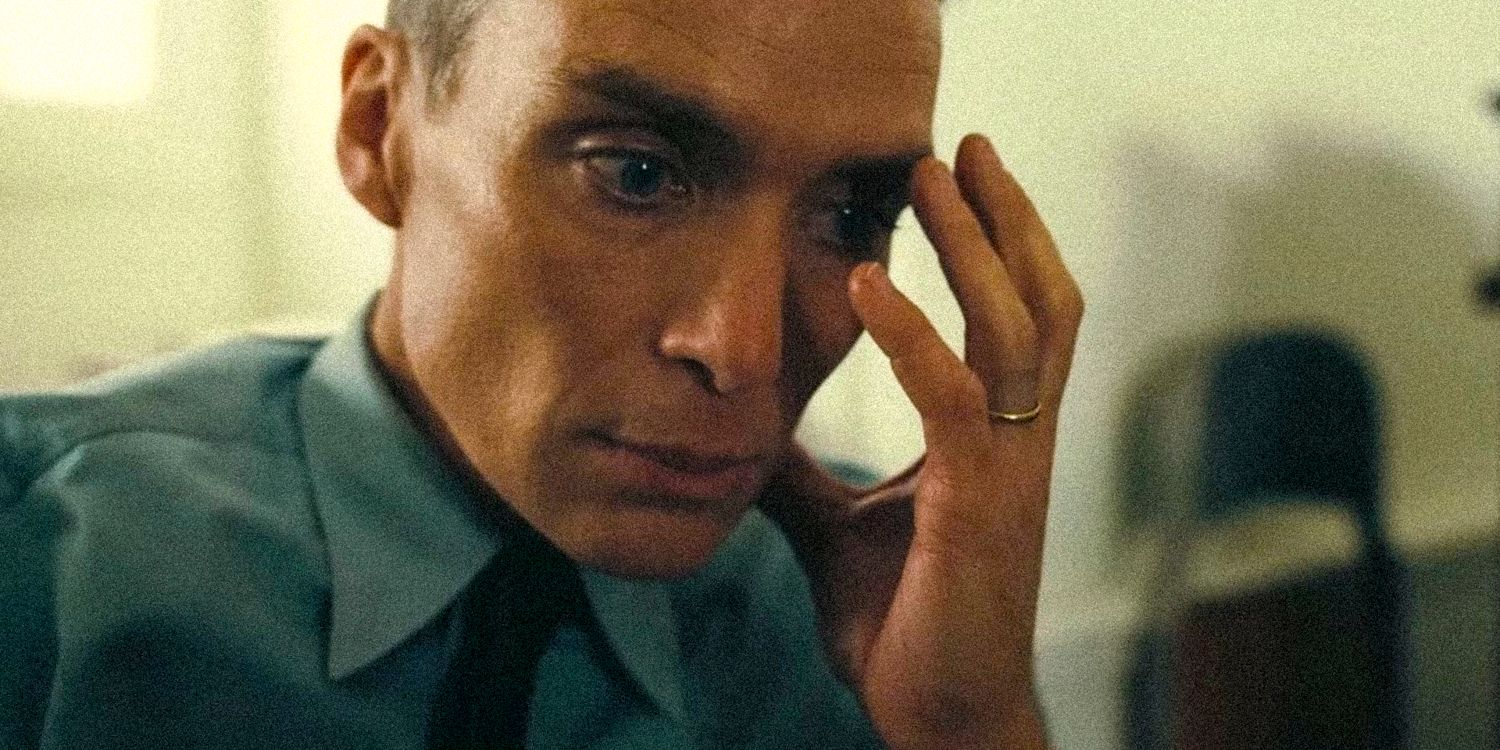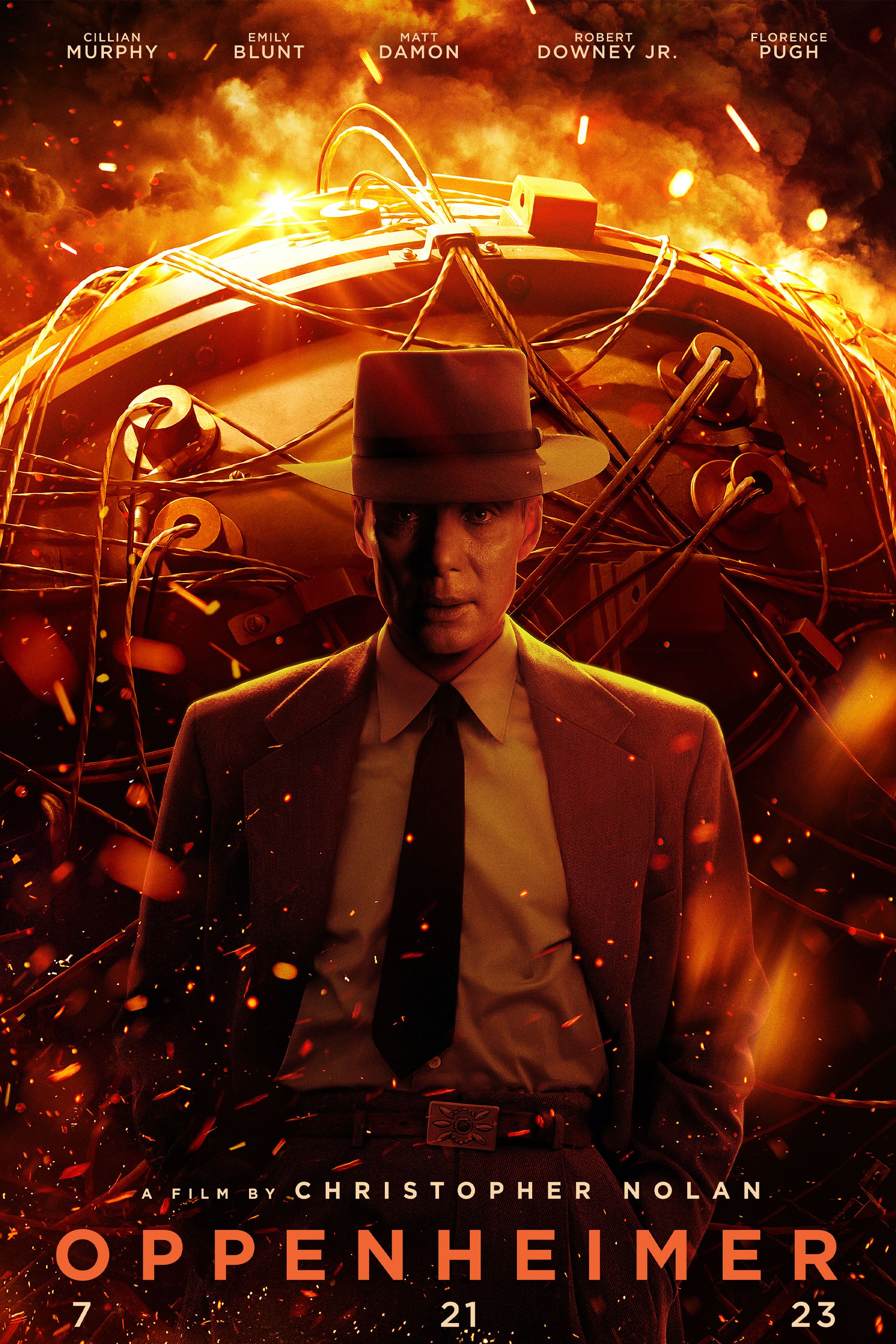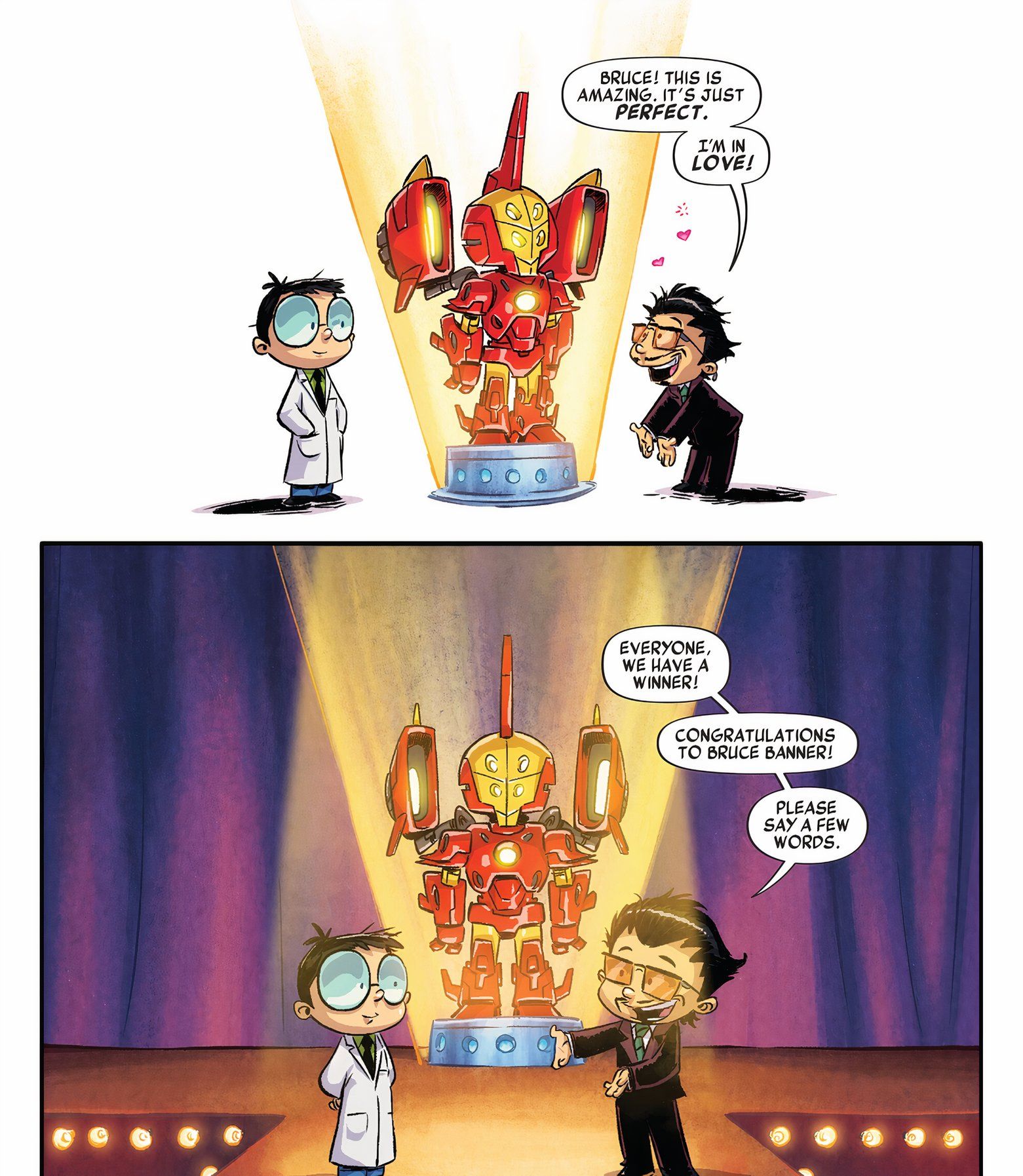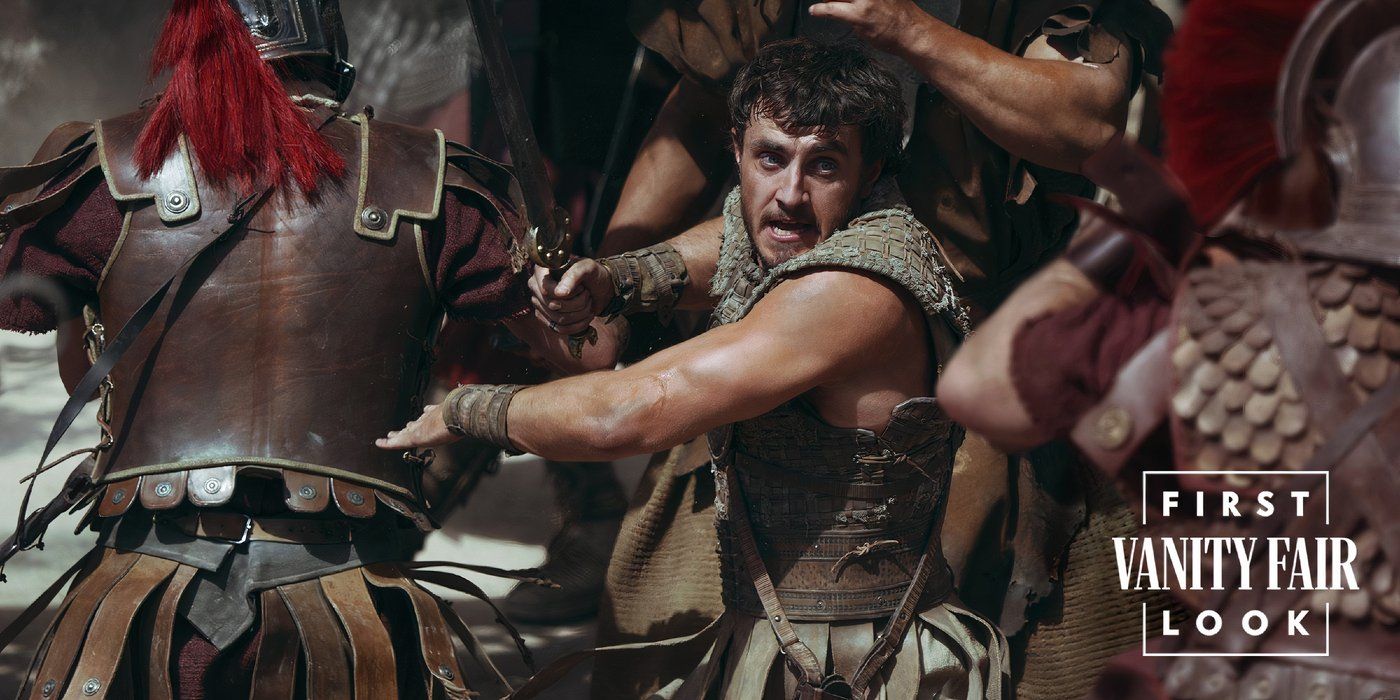Oppenheimer‘s “Can You Hear The Music” montage is one of the most memorable sequences from the film, not only because it is visually stunning but also because it is narratively deep. Based on American Prometheus by Kai Bird and Martin J. Sherwin, Christopher Nolan’s epic biographical drama Oppenheimer walks through several major milestones of the titular physicist’s life while giving audiences a glimpse of his genius, internal battles, and moral dilemmas. In its 3-hour runtime, Oppenheimer never leaves a dull moment as it immerses viewers in its scintillating depiction of the atomic bomb’s development and aftermath.
Like every Christopher Nolan movie, Oppenheimer leaves audiences with several memorable moments. From Oppenheimer’s interaction with Einstein to Lewis Strauss’ resentment towards the titular figure, Christopher Nolan’s Oscar-winning film has a lasting impact with its meticulously crafted narrative and beautifully orchestrated soundtrack. One scene that perfectly captures both of these elements is the “Can You Hear the Music” montage in the film’s opening arc.

Related
Oppenheimer’s Ending Explained – Can We Forgive J. Robert Oppenheimer?
Christopher Nolan’s Oppenheimer follows its titular subject — before & after he created the atomic bomb. We break down the biopic’s ending in detail.
The Significance Of The Picasso Painting In Oppenheimer Explained
The Picasso painting reflects Oppenheimer’s unique vision and journey
In one of the scenes from Oppenheimer‘s “Can You Hear the Music” montage, the titular figure looks at Picasso’s renowned cubist painting “Woman Sitting With Crossed Arms.” Pioneered by 20th century artists like Pablo Picasso and Georges Braque, cubist art like the one depicted in Oppenheimer defied the conventional norms of artistic technique and reshaped how ideas could be represented on the canvas through a paintbrush. Unlike most paintings that merely gave a two-dimensional view of the objects they capture, cubist art captured multiple perspectives and angles to portray the three-dimensional world.
By showing Oppenheimer‘s appreciation for the painting, the film not only depicts the real physicist’s love for Pablo Picasso’s art but also gives a glimpse of how, like Picasso, Oppenheimer was looking beyond the conventions of physics and the visible material world. Like Picasso’s “Woman Sitting With Crossed Arms” painting creatively portrays different perspectives, Oppenheimer was exploring the subatomic possibilities of quantum mechanics. Just like Picasso transformed how art could be perceived, Oppenheimer was shifting the paradigm from classical physics to quantum mechanics.
Why Oppenheimer Reads T.S. Eliot’s “The Waste Land”
T.S. Eliot’s “The Waste Land” is a warning to Oppenheimer
Another scene from the captivating “Can You Hear The Music” montage shows Oppenheimer reading T.S. Eliot’s “The Waste Land.” T.S. Eliot’s “The Waste Land” is considered a groundbreaking but complex poem because it unfolds through a wide range of voices, drawing a chilling picture of the crisis in post-World War I society. On the surface, theOppenheimerscene can be seen as the titular figure’s interest in the arts and his willingness to keep an open mind.
It can also be interpreted as a warning to Oppenheimer,reminding him of the spiritual and moral decay Western civilization was experiencing in World War I’s aftermath. Unfortunately, Oppenheimer, too, misses the warning and continues his pursuit of scientific advancement without considering the ethical and moral consequences. Interestingly, some verses from the poem also perfectly parallel several themes from the Christopher Nolan film.
For instance, the poem’s first arc features a line that says, “A crowd flowed over London Bridge, so many, I had not thought death had undone so many.” It perfectly captures theOppenheimerscene where Cillian Murphy’s character speaks to a massive crowd after inventing the bomb while slowly realizing the consequences of his actions and understanding how “he had not thought death had undone so many.” Another line — “I will show you fear in a handful of dust” — reflects the scene where Oppenheimer observes the Trinity Test, and a puff of dust floats in the blinding light from the atomic bomb’s explosion.
Why Oppenheimer Smashes Glasses Against The Wall
The glass smashing reflects Oppenheimer’s growing understanding of nuclear physics

An atomic bomb derives its destructive force from a process called nuclear fission. In simple terms, nuclear fission involves the splitting of an atom’s nucleus into many smaller fragments, which releases immense energy in the form of radiation and heat. Since nuclear fission causes a massive increase in disorder in a system, it is considered a highly entropic process, and a physicist like Oppenheimer’s biggest challenge is determining how he can effectively harness and control the entropy in the process.
By breaking glasses against the wall and carefully observing its shattering pieces in the “Can You Hear The Music” montage, Oppenheimer seems to be contemplating the concept of entropy and understanding its implications, which would later be applicable in building the atomic bomb. Just like the shattering of a glass results in an increase in disorder, nuclear fission causes a massive dispersal of energy. Since the broken glass pieces cannot be merely put back together, the Oppenheimer scene can also be a representation of the irreversible impact the atomic bomb’s invention brought on the world.

Oppenheimer
Oppenheimer is a film by Christopher Nolan, which follows the theoretical physicist J. Robert Oppenheimer, the man behind the atomic bomb. Cillian Murphy will play the titular role, with the story based on the book American Prometheus: The Triumph and Tragedy of J. Robert Oppenheimer by Kai Bird and Martin J. Sherwin.
- Director
-
Christopher Nolan
- Release Date
-
July 21, 2023
- Studio(s)
-
Syncopy Inc.
, Atlas Entertainment - Distributor(s)
-
Universal Pictures
- Writers
-
Christopher Nolan
- Cast
-
Cillian Murphy
, Emily Blunt
, Matt Damon
, Robert Downey Jr.
, Rami Malek
, Florence Pugh - Runtime
-
150 Minutes
- Budget
-
$100 Million





